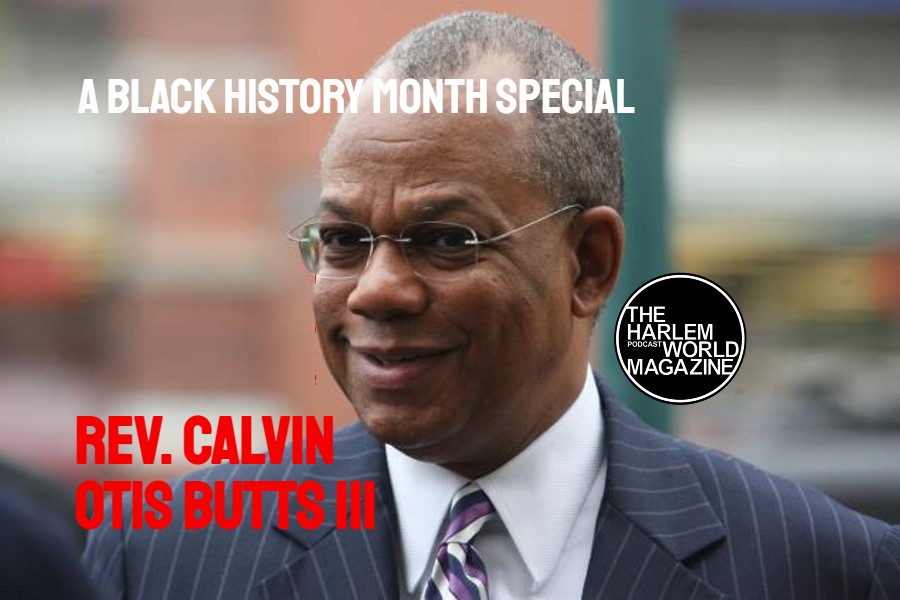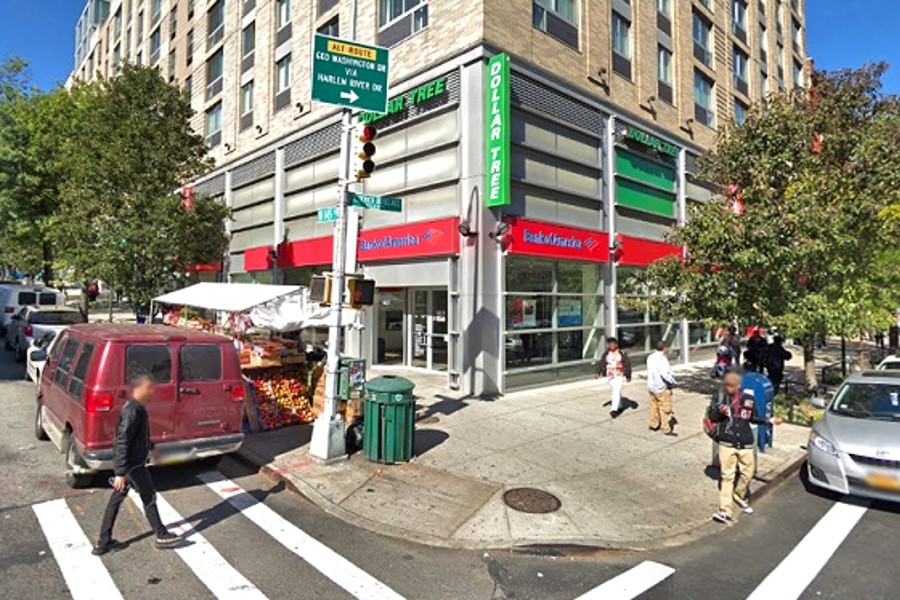Since 1809, St. Philip’s Church-through its clergy and congregation, its tradition and service, its goals and dreams has been an institution of major spiritual and civic importance in the Harlem community. The history is a rich and memorable one, reaching back to 1704 when Elias Neau, a former galley slave turned prosperous businessman, opened a School for Negroes under the auspices of the London-based Society for the Propagation of the Gospel. The Christian family now known as “St. Philip’s” traces its origins to this beginning.
After worshiping for almost a century under the supervision of Trinity Church on Wall Street on Sunday afternoons, in 1809, these African American parishioners formed their own community of worship-the Free African Church of St. Philip. They laid the foundation of what became, in 1818, St. Philip’s Episcopal Church, the first African-American Episcopal parish in the City of New York. Over the years, the congregation flourished, and by the 1950s, St. Philip’s was the largest Christian congregation in the United States. As the neighborhood began to change, the parish ministry increasingly reached out to the wider community.
Throughout its history, St. Philip’s has been at the vanguard of religious and social activism. Beginning with the Rev. Peter Williams, Jr., a leading abolitionist and the church’s first rector (1826-1840), St. Philip’s played a key role in the debate on slavery and injustice. Later generations of clergy joined parishioners and prominent community leaders in the struggle to secure civil rights and economic justice for all people.
St. Philip’s also has a strong tradition of outreach into the community included: the purchase and management of a cemetery for New York’s African American residents; the Female Assistance Society which provided aid and insurance to sick New York residents; the St. Christopher’s Club for teenage boys; building and later purchasing apartment buildings to ensure fair and safe housing for African Americans on 30th Street and later on 135th Street. Since that time, St. Philip’s has expanded its commitment to serve the community through a variety of programs addressing the needs of children, teenagers, the elderly, the sick and the poor and promoting theater, jazz, and studio arts in the Harlem community.
The current building is the fourth home of the parish. St. Philip’s has been located in the first communities of African American New York residents. Its first two sites were on Centre Street. In 1822, a brick building replaced the original wood frame church damaged by fire. This same building would undergo two more reconstructions. In 1834, irate whites vandalized the church and in 1863, New York City police used the church as a barrachs for militia and police handling draft riots. By 1886 the church was located on 25th Street. Continuing the tradition of previous generations, St. Philip’s utilized the services of African American professionals to locate property, design, and build a new church in 1910 on 134th Street.
The present church building is a New York City Designated Landmark. It was designed in neo-Gothic style by the firm of Tandy & Foster under the direction of the first African American licensed as an architect in New York. St. Philip’s Church is also included in the National and State Registers of Historic Places.
[youtube http://www.youtube.com/watch?v=e6QnliwQuIo&w=560&h=315]
Our Awesome Physical Presence: St. Philip’s Church was designated as a Landmark by the New York City Landmarks Preservation Commission in 1993. The Commission issued the following findings and designation with its report:
“On the basis of a careful consideration of the history, the architecture, and other features of this building, the Landmarks Preservation Commission finds that St. Philip’s Protestant Episcopal Church has a special character, special historic and aesthetic interest and value as part of the development, heritage, and cultural characteristics of New York City.”
“The Commission further finds that St. Philip’s Protestant Episcopal Church, built in 1910-11, is the fourth home of New York City’s first African-American congregation of Protestant Episcopalians; that, established under the leadership of Bishop John Henry Hobart as the African Episcopal Catechetical Institution in the City of New York shortly after the American Revolution, St. Philip’s was founded in 1818 and that the Rev. Peter Williams, Jr. was the first rector; that St. Philip’s long and inspiring chronicle of religious and social activism adds a depth to our national history not generally acknowledged; that the movement of St. Philip’s congregation northward, beginning in lower Manhattan, to the present location in Harlem, reflects the residential patterns of New York City’s African-American population; that when the Rev. Hutchens Chew Bishop purchased residential property in Harlem in 1908 on behalf of St. Philip’s and the church building was constructed at its present location, St. Philip’s became one of the first institutions to attract African-Americans to Harlem; that St. Philip’s Church building was designed in the neo-Gothic style by the firm of Tandy & Foster; that the design of the façade, a response to certain liturgical requirements, incorporates 14th century English Gothic elements in contrasting orange Roman brick and cast stone aggregate; that Vertner W. Tandy was the first African-American architect to be registered in the State of New York and that George Washington Foster, Jr. was among the first African-Americans to practice within the architectural profession in the United States; and that St. Philip’s has continued its nearly 200-year tradition of service to its congregation and community, addressing the spiritual needs of its members and providing a variety of social programs.”
Today, St. Philip’s pays homage to its roots through its many religious and community activities. The church provides opportunities for spiritual development through its worship and Christian education, music, and numerous parish activities. The St. Philip’s family also maintains its historic commitment to serving the needs of those in the community.
St. Philip’s stands as a symbol of stability and a beacon of hope for the African-American community throughout the nation. The recent revitalization of the Harlem community has brought new members and new religious traditions into our church. There is excitement at St. Philip’s as we struggle to face the challenges posed by theological, liturgical, gender, generational, and ethnic diversity in our midst. The new millennium finds us poised to embark on a new spiritual pilgrimage, as we redefine who we are as a church and what God is calling us to do in our community. We invite you to join in worshilp, and share in the revival of this great institution.
Immediately adjacent to the church is the Parish House/Community Center complex. This 36,000 square foot fireproof building, extending from 133rd Street to 134th Streets on four levels with an elevator and an auditorium-gymnasium, was clompleted in 1970 at a cost of $2.5 million. This facility houses our day care center and other outreach programs conducted by our closely affiliated social service organization.
The shield of St. Philip’s depicts the Conversion and Baptism of the Ethiopian by Philip the Deacon, as told in Acts 8:26-40.
In the upper left-hand corner of the shield is the Cross of St. George, representing the Anglican Communion throughout the world. Superimposed on the Cross of St. George is a six-pointed star with a circle intertwined, symbolic of the Holy Trinity.
The descending dove and halo represent the Holy Spirit that came down to Philip, instructed him to go south on the road from Jerusalem to Gaza, and then told him to speak to the Ethiopian he saw seated in a chariot.
The paving stones under the chariot symbolize the road traveled together by Philip and the man, described as being in charge of all of the treasures of Candace, Queen of the Ethiopians. At the bottom of the shield, the broad wavy lines represent the body of water in which Philip baptized Candace’s treasurer.
St. Philip’s Church has property in Cypress Hills Cemetery, Brooklyn, NY which is the burial ground of our first rector, Rev. Peter Williams, Jr. We have recently been made aware that it is still available for our use. Grave assignments are available and the project has recently been opened to the Diocese of Brooklyn and they have begun to respond. We would like St. Philip’s parishioners to take advantage of this great offer as well. The assignments are affordably priced plots which can accommodate three burials. For more information, please contact Randolph V. Jacobs, Jr. or Gail Silver at the Parish Office, 212-862-4940.
http://www.stphilipsharlem.org/

Become a Harlem Insider!
By submitting this form, you are consenting to receive marketing emails from: Harlem World Magazine, 2521 1/2 west 42nd street, Los Angeles, CA, 90008, https://www.harlemworldmagazine.com. You can revoke your consent to receive emails at any time by using the SafeUnsubscribe® link, found at the bottom of every email. Emails are serviced by Constant Contact



















